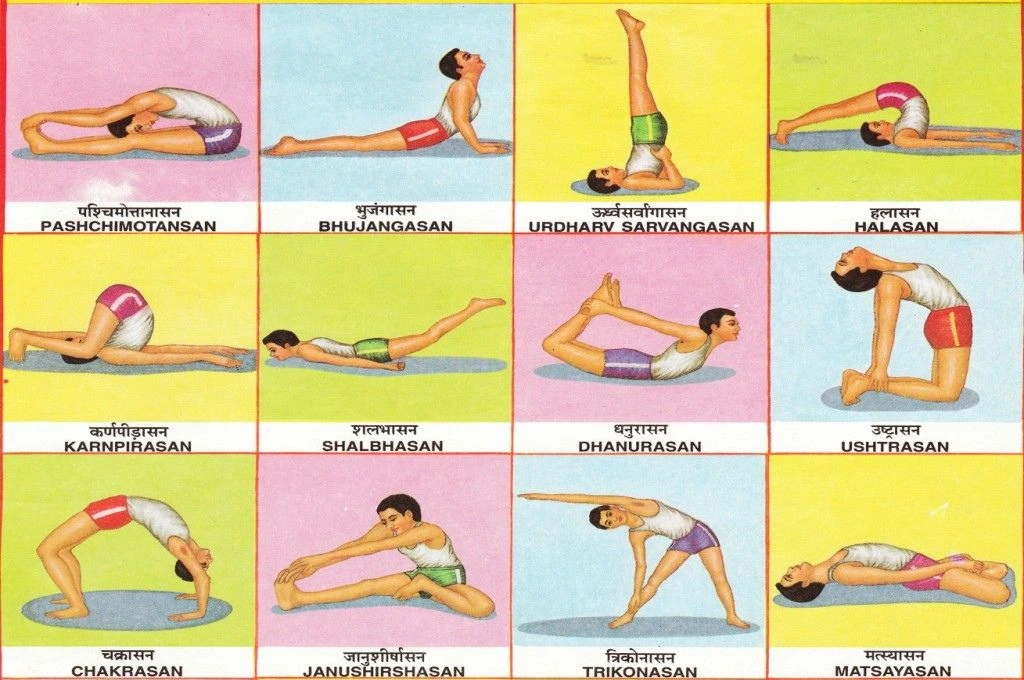Grant reports. We all love to hate them. A reason is that like most things related to grants, we’ve learned to tell funders what we think they want to hear. Imagine if we could be honest, though.
1. What progress did you make on your proposed outcomes?
You and other funders have created an atmosphere of absolute risk-avoidance, so we only proposed outcomes we knew we would likely achieve. So we achieved them. Sometimes we stare wistfully at the distant horizon, imagining a world where we are supported to pursue ambitious, visionary goals, which may include failing spectacularly a few times.
2. What obstacles did you encounter this grant period?
Just the usual stuff: Severe community needs, understaffing, overwhelmed and underpaid staff, lack of funding, micromanaging and/or clueless board members, donors who don’t get it, funders like you who make our lives difficult, a pandemic, systemic racism, white moderates focused more on respectability than equity and justice, pervasive generalized existential anxieties, and a cease-and-desist from MacKenzie Scott.
3. What are some critical lessons you learned?
We learned several important lessons, including that it is crucial to get community input and ownership before launching new programs, cultural dynamics affect everything, and that if you don’t take care of mice problems, it may lead to rattlesnake problems when the office is empty for months at a time. But the main lesson we learned is that we’re all exhausted and this system is untenable and rich people should stop putting money into wealth-hoarding vehicles and just pay their taxes.
4. What are your program priorities for the next period?
Our main priority is to ensure that this program remains running. It’s been touch-and-go. Maria, who has been the instrumental program lead, is seriously considering resigning because we don’t have enough funding to pay her what she’s worth. If she leaves, it will cause a severe chain reaction that may cause the implosion of the program. A lot is riding on this $50 gift certificate for food delivery and a virtual thank-you note signed by the rest of the staff and board.
5. How did you spend the grant that we provided you?
The grant you gave us went into our bank account, which is used to pay for everything. Disaggregating what you paid for versus what others paid for is one of those meaningless time-wasting activities you force on us that harm our work. Here’s a detailed financial report of every expense we made this year. Look through it, and if it makes you feel better to think that you paid for books for low-income children and not staff salaries or whatever, please use your own time to craft that delusion.
6. Were there significant changes in your budget?
Yes. Due to COVID-19, our budget decreased 40%. Unfortunately, we could not get out of our office lease, even though everyone was working from home and the office was empty most of the time except for the rattlesnakes. We had to lay off half the staff and furlough the rest. We’re not the only organization severely affected. Seriously, you should significantly increase your payout rate beyond the legal minimum of 5% (3.5% in Canada) to support the orgs and communities that are suffering.
7. How much in funding did you gain through leveraging our support with other funders?
We do drop your name whenever it made sense to do so when talking to other funders, quietly assessing whether your name would motivate other funders or piss them off. But how much funding resulted from all that, who the hell knows; there are all sorts of confounding variables. Instead of playing these weird funding games, why don’t you just talk to the other funders and collectively fund us so we don’t waste time “leveraging” and can do our work?
8. Please share a short story that illustrates the impact of this grant on the community you serve
“Eddie,” 13 years old, comes from a low-income household and was three grades behind when he reached our program. After six months, we noticed vast improvements, not just with his grades, but with his general outlook on life. His parents noticed too and came to thank us. We said, “We owe it to the XYZ Foundation; they’ve been supporting the program.” And the parents said, “That’s wonderful! Will the program be around next year?” And we said, “We are not sure; most grants, including from XYZ Foundation, are only for one year.” A shadow fell over their faces, bleak as the winter skies.
9. How has COVID affected your organization and programs?
For the hundredth time: Donations have decreased, everyone is working from home, program hours have been cut, community members are in crisis everywhere, team morale has been down, and we’re not sure if these follow-along-at-home wine and cheese tasting kits we’re sending donors will work. On the other hand, there’s been a surplus in the office snacks budget line item, and the internecine wars over giant pads of sticky paper have ended, so that’s something.
10. Is there anything else you would like to share with the Foundation?
The amount you gave us is not big enough to warrant this unique grant report we just spent several hours writing. We can save ourselves and the Foundation a lot of time if you and other funders just accept the annual report we write, which has a lot of information. If COVID taught us anything, it’s that we don’t have a lot of time to waste with these ridiculous shenanigans cloaked as “best practices.”
For more brutally honest answers see: Part I, Part II, and Part III of this series.
This article was originally published on Nonprofit AF, and can be viewed here.





